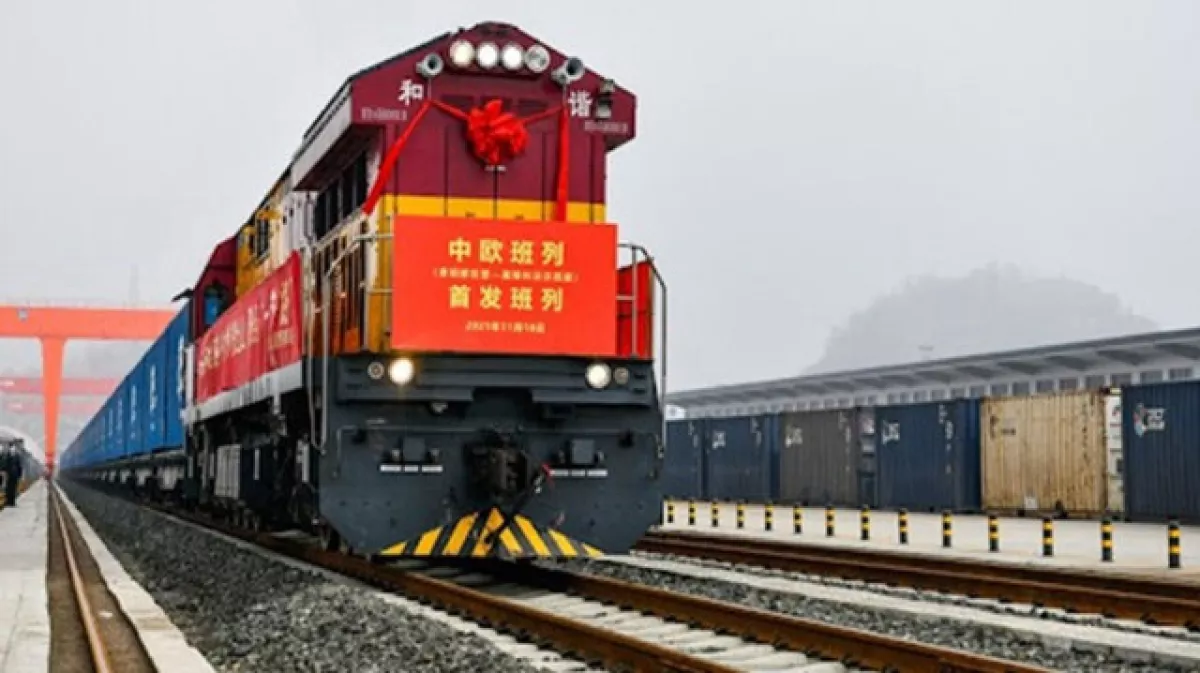Pakistan and India: Conflict, geopolitics, nuclear deterrence Expert opinions on Caliber.Az
Attacks on Pakistan’s civilian population are unacceptable. The full responsibility for the escalation of conflict in the region will rest with India, stated the press service of the Prime Minister of Pakistan following an emergency meeting of the National Security Council.
The hostilities initiated by India early on May 7 resulted in civilian casualties in Pakistan. In response to the deaths of civilians from Indian airstrikes, Islamabad has taken swift and decisive action. Defence Minister Khawaja Asif reported that Pakistan's military successfully shot down six Indian Air Force targets, including three Rafale jets, one MiG-29, and one Su-30, while also destroying the headquarters of the 12th Infantry Brigade of the Indian Army, part of the 9th Division of the 15th Corps.
Could this conflict escalate into a prolonged war between India and Pakistan? This is the question posed to political scientists specialising in the Middle East by a Caliber.Az correspondent.

According to Russian expert on Eurasian matters and international political scientist Alexander Razuvaev, while there are many border conflicts around the world, the situation between India and Pakistan is particularly concerning for the international community due to both countries possessing nuclear weapons. This undoubtedly puts pressure on the stock markets, acting as a "bearish" factor — many stocks are seeing declines.
"Nevertheless, it's important to note that economic relations between India and the United States are currently at a very strong level — their economies complement each other in many ways. Therefore, the notion that Pakistan is backed by China and India by the U.S. is largely accurate. However, I don't believe the conflict will escalate into something large-scale, especially a nuclear war. After all, people still have common sense, and no one wants a nuclear conflict.
The origins of the problem trace back to the colonial past, when the British Empire, leaving India, left behind many 'time bombs' to maintain its influence in the region. Today, India is a powerful state, one of the leaders of the global economy.
For Russia, there is also an important historical context. In the 1990s, it was India that largely helped preserve our military-industrial complex. Moreover, India was, in fact, one of the few countries that continued to pay Russia's debts, leftover from the Soviet era.
Currently, Russia supplies oil to both India and Pakistan. Therefore, stability and peaceful resolution of the conflict in the region are of paramount importance. I am confident that a large-scale war, especially a nuclear one, will not happen," concluded Razuvaev.

Kyrgyz political scientist, Orientalist, and regional security expert Mars Sariev believes that the conflict is likely an operation provoked according to the classic "false flag" scheme.
"For Islamabad, under current conditions, it is extremely disadvantageous to initiate a military escalation. The observed facts point to the presence of a third party interested in destabilising the region.
It is notable that the escalation coincided with the completion of U.S. Vice President J.D. Vance's visit to India. Additionally, U.S. President Donald Trump downplayed the significance of the incident, stating that such clashes are routine and do not pose a particular threat. This indicates that American analytical centres not only have complete information about what is happening, but may also be setting the parameters for such crises to distract attention from other strategic directions," the political scientist noted.
According to him, the essence of the situation lies not in preparing for a full-scale nuclear war between India and Pakistan — Washington understands that this will not come to pass. The goal is to create a prolonged positional conflict, similar to those observed in the past.
"The main objective is to block Pakistan, and consequently China, from access to the key China-Pakistan Economic Corridor leading to the port of Gwadar. This is a blow to the southern route of China’s Belt and Road Initiative, which ensures access to the Indian Ocean.
The potential destabilisation of Pakistan could exacerbate the internal political crisis in the country, weakening its position in the region. In this context, the recent clashes along the Durand Line between Pashtun separatists and Pakistani military forces appear to be part of a unified scenario aimed at destabilising Islamabad's stability.
It should also be considered that Pakistan's nuclear program is almost entirely dependent on funding and political support from Saudi Arabia. The destabilisation of Pakistan effectively deprives Riyadh of access to nuclear weapons, which is yet another important factor in the current strategic equation.
It is also worth noting the famous map by Colonel Anders, where Balochistan is depicted as a separate state, independent from Pakistan. The implementation of such a scenario not only divides Pakistan but also destabilises Iran, as Baloch separatist movements become active within Iranian territory as well. Moreover, a closer look at this map makes it clear that, in the long term, a major reconfiguration of political borders is envisaged in the Middle East. As a result, many existing monarchies could either disappear or undergo radical changes.

All these events collectively point to a strategic shift: the West is focusing efforts on undermining Pakistan’s position in order to destabilise the broader Eurasian space. If successful, the consequences could spill over into other vulnerable areas — Xinjiang, Tibet, and unstable Afghanistan. This would undermine another branch of the Chinese ‘Silk Road’ — the railway route currently being constructed from Xinjiang through Kyrgyzstan and Uzbekistan to Europe.
An additional confirmation of these trends is Apple’s relocation of its headquarters and manufacturing facilities from China to India. Overall, the United States is pursuing a policy of relocating industrial capacities from China to India and other Southeast Asian countries. Thus, Indian Prime Minister Narendra Modi, with Washington’s support, aims to weaken China’s position and transform India into a new industrial hub for the region," concluded Sariev.








